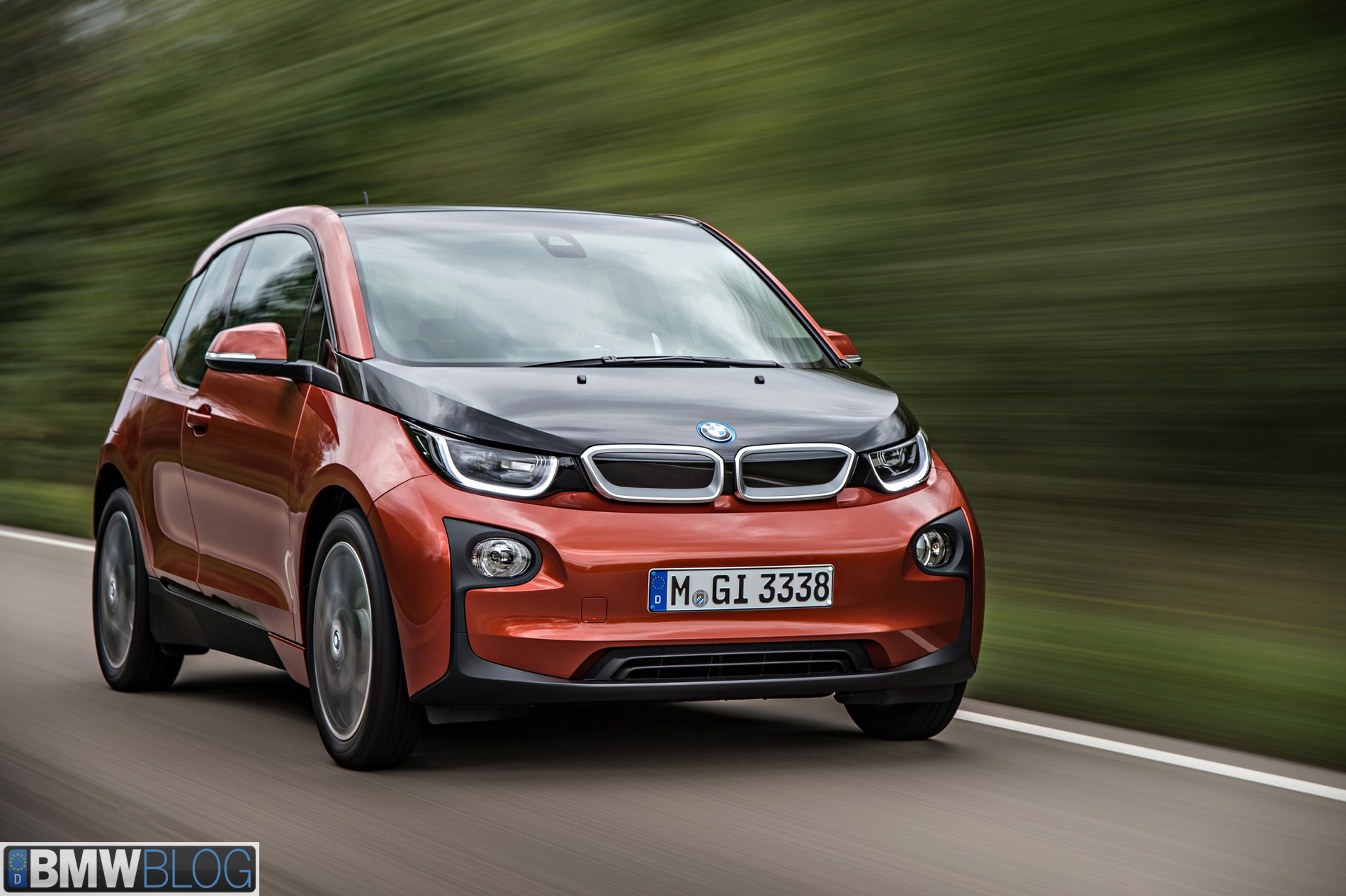BMW’s i3 was one of the most interesting and innovative cars of its time, perhaps the most interesting and innovative. It used a highly advanced passenger cell, a quirky but spacious design, and fun-to-drive dynamics that made it far more enjoyable to drive than its size and shape suggested. It was way ahead of its time. Unfortunately, the i3 was never met with the customer enthusiasm that it deserved. However, more than a decade before the BMW i3, there was another pioneering small, efficient, fun car that was also far ahead of its time and also criminally underrated—the Audi A2. Top Gear recently put both cars together to celebrate their quirky, forward-thinking natures.
By now, most of you know about the BMW i3. But in case you don’t, here’s a brief refresher course. The i3 was BMW’s first truly all-electric production car and it came at a time when the most popular EV—the Nissan Leaf—could barely muster 100 miles of range. So back in 2013, when the i3 debuted, its 80-ish miles of range wasn’t overly terrible. It wasn’t great, and the Tesla Model S still had far more, but it wasn’t horrific, either. However, what it did so well was reshape the idea of a small, efficient car.
The BMW i3 had a monocoque chassis made from CFRP (Carbon Fiber Reinforced Plastic), similar to a McLaren. It used aluminum subframes and plastic body panels, too. So it checked in a under 2,700 lbs, despite having an electric motor and battery pack. It had seating for four adults and a decent trunk, despite its tiny footprint, and it had tons of knee and headroom for its passengers. It even had super clever wheels; they had tires as skinny as a bicycles but were tall, which created the a similar tire contact patch as a wider tire, just with less rolling resistance. It was a genuinely brilliant little car.

However, more than a decade early, in 1999, Audi debuted a similar idea, albeit with an internal combustion engine. The Audi A2 had a similar recipe; it was a small, quirky looking hatchback with a powertrain based on efficiency, and an ultra lightweight chassis. Though, the A2 was built with much less advanced technology than the i3, due to the limitations of its time, but it was no less innovative. Its aluminum space-frame chassis was the same tech pioneered on the Audi A8. No other car anywhere near the A2’s price point had an all-aluminum chassis, just like no other car near the i3’s price had a carbon tub.
The Audi A2 had a remarkable amount of interior space, given its footprint, had an economical three-cylinder diesel engine (a four-cylinder gas engine was available), and surprisingly fun driving dynamics. It also had a quirky hood, which didn’t open but did have a service flap that allowed washer fluid and oil to be added. BMW is so proud of the front emblem of the iX, which pops open to reveal a washer fluid filler but Audi had BMW beat by over 20 years.
Both the BMW i3 were intelligent, quirky weirdos that were far ahead of their time. And like most things ahead of their time, they were criminally under appreciated. Maybe now they’ll finally get the love they deserve. Also, when the A2 hits 25 years old, I’m importing one.
[Source: Top Gear]




































































